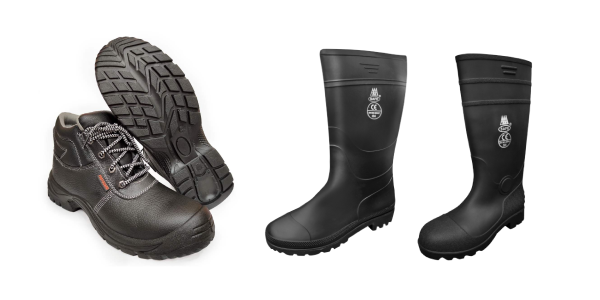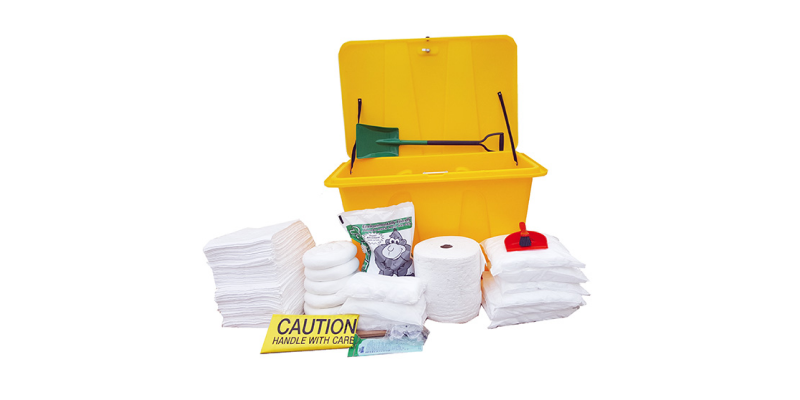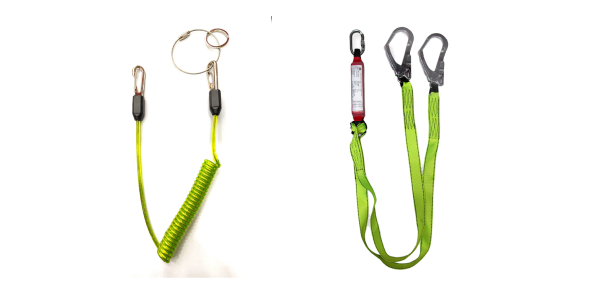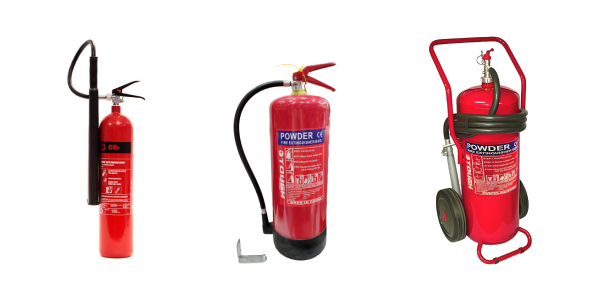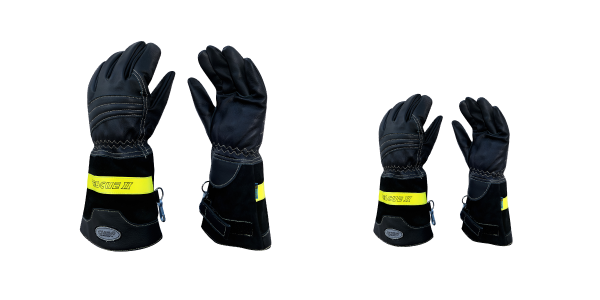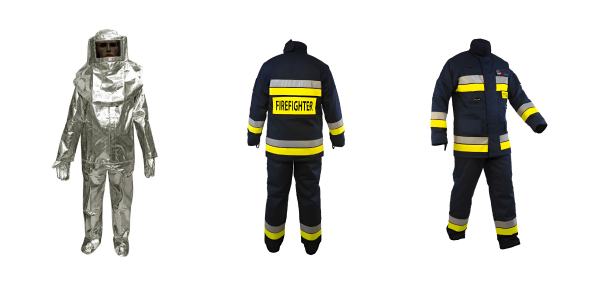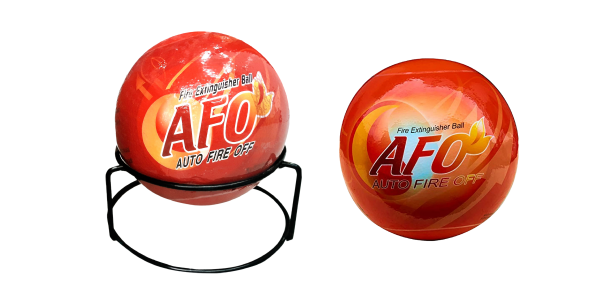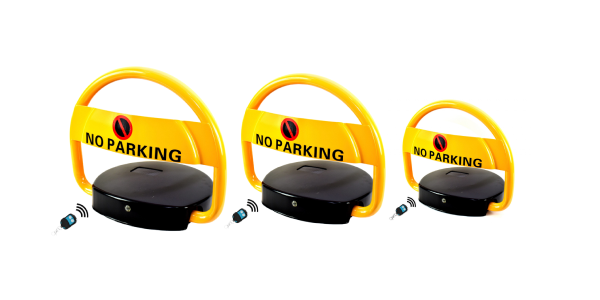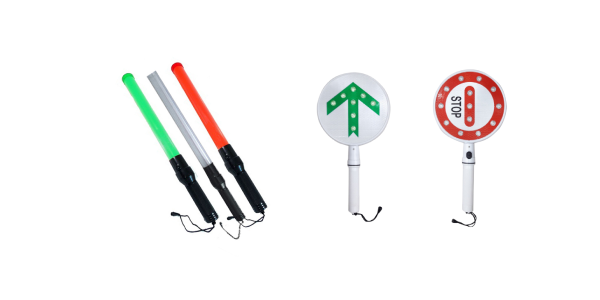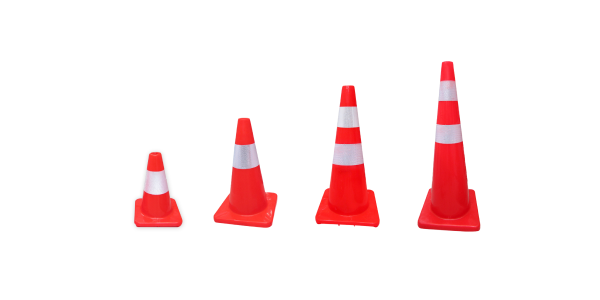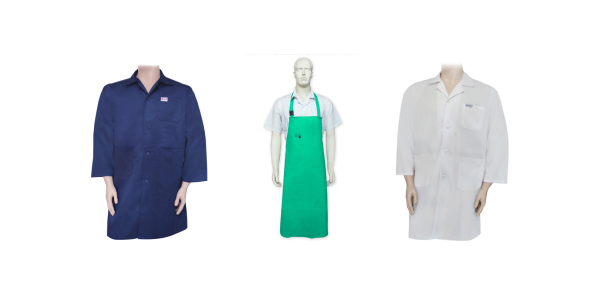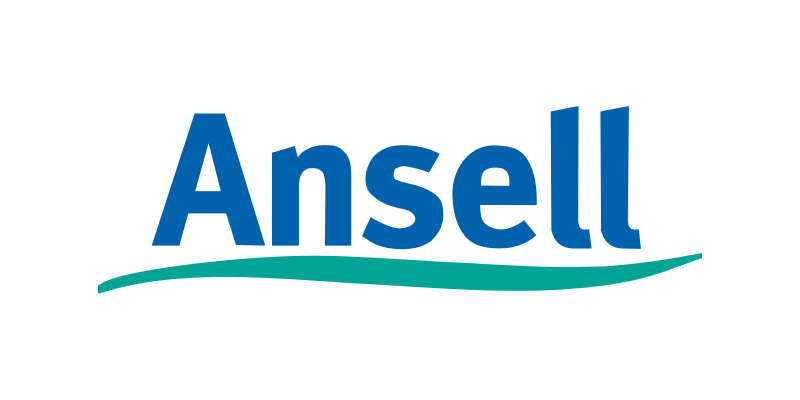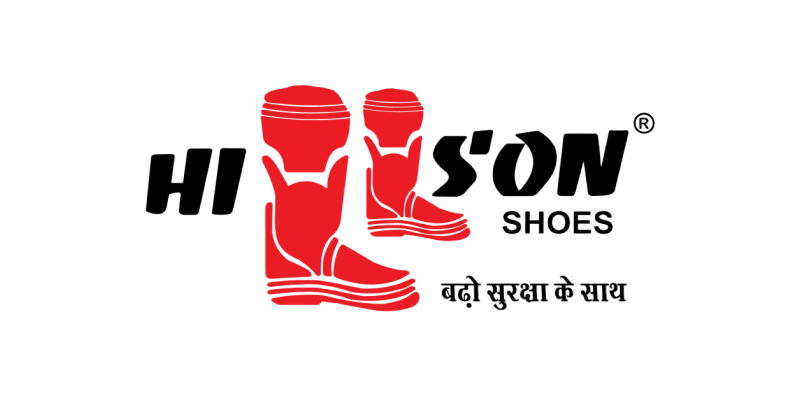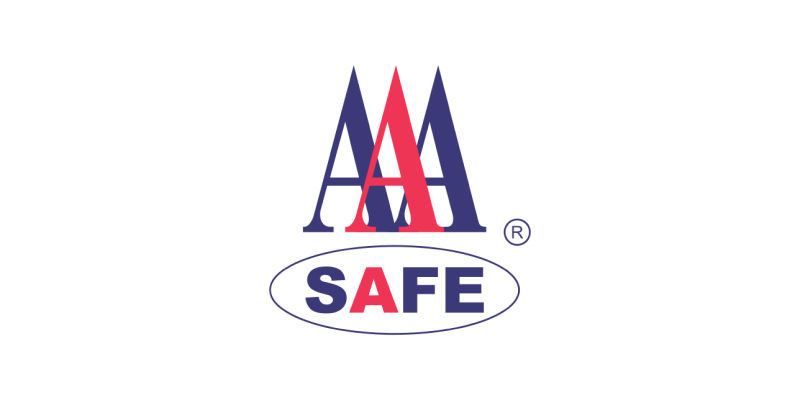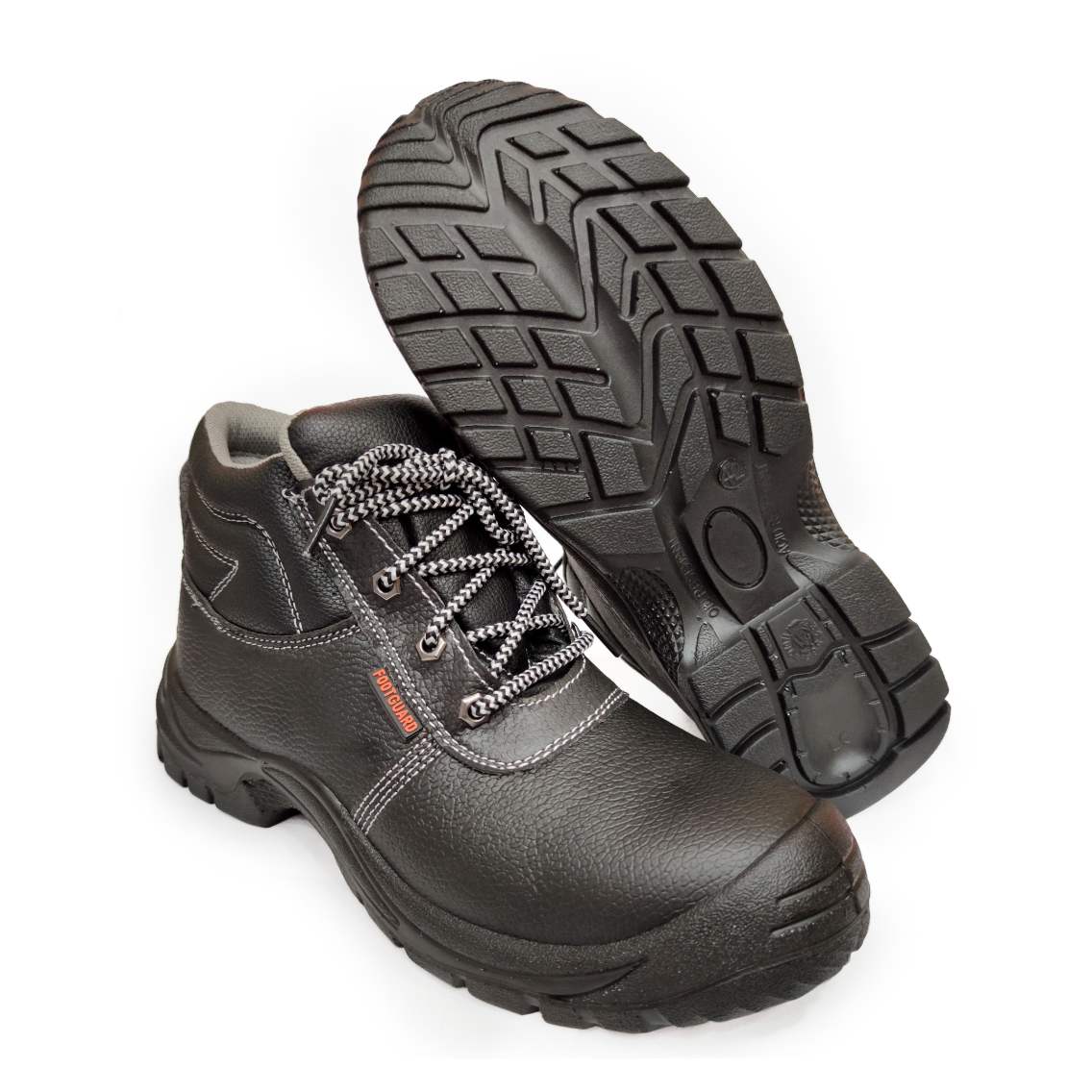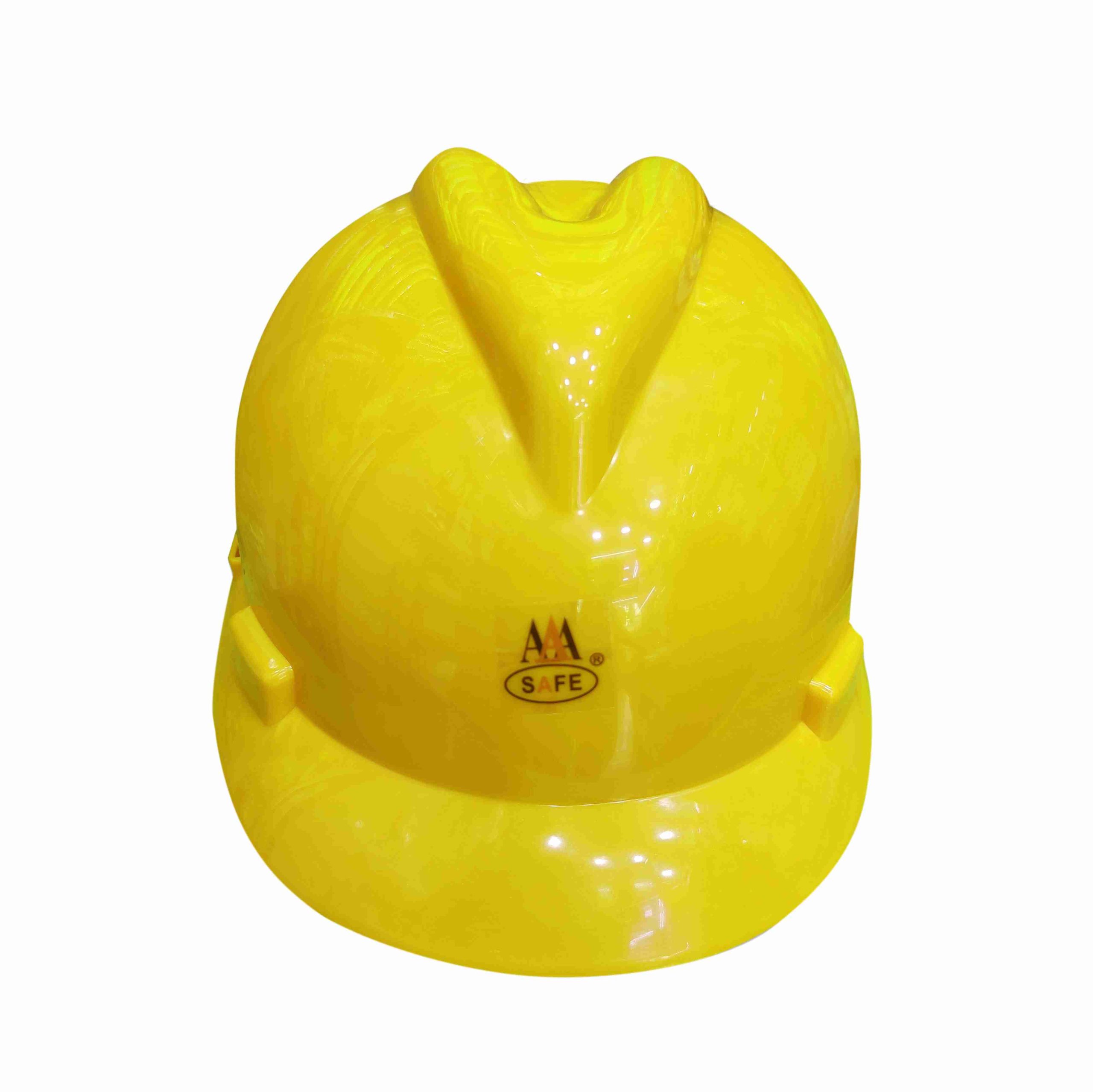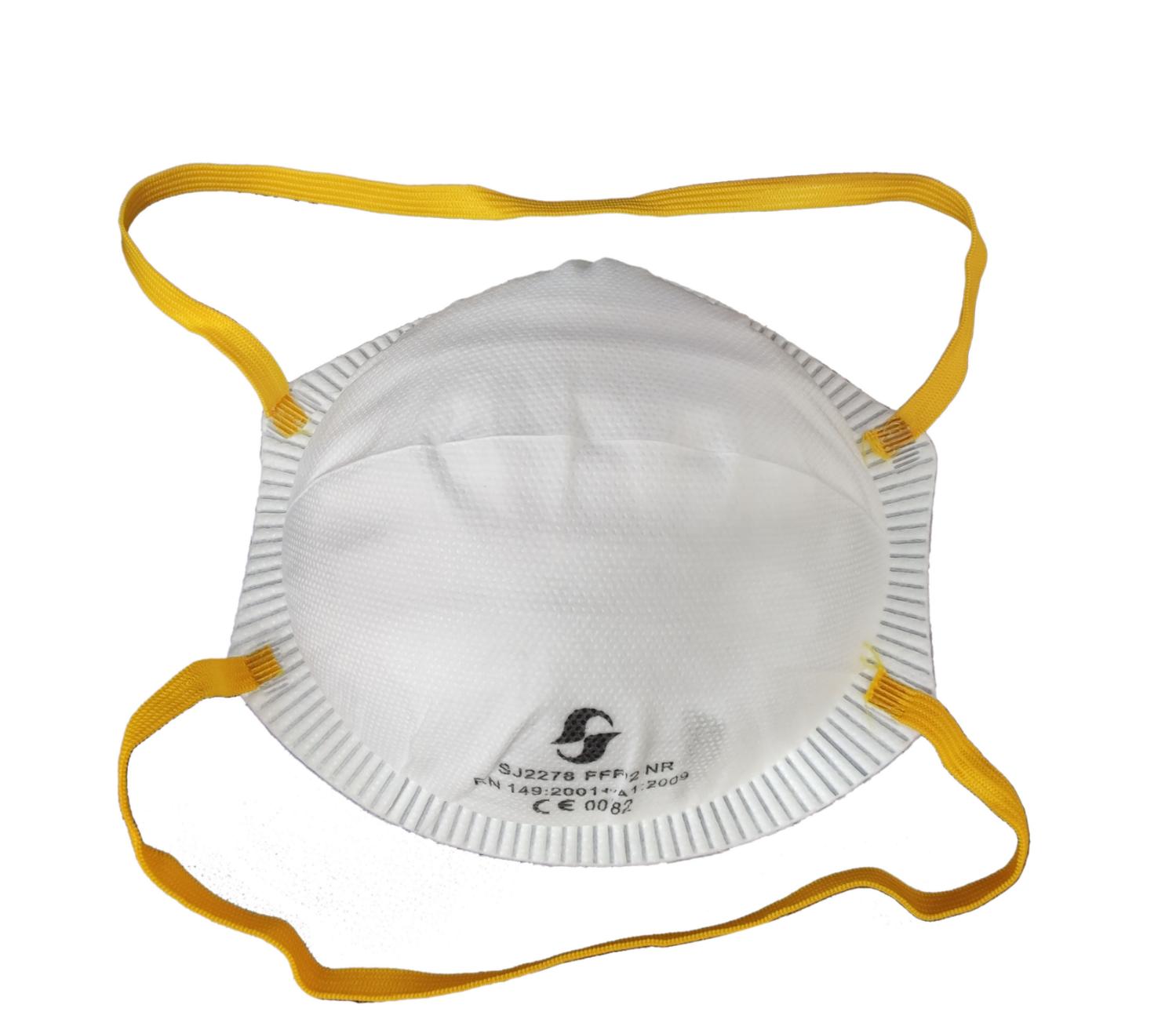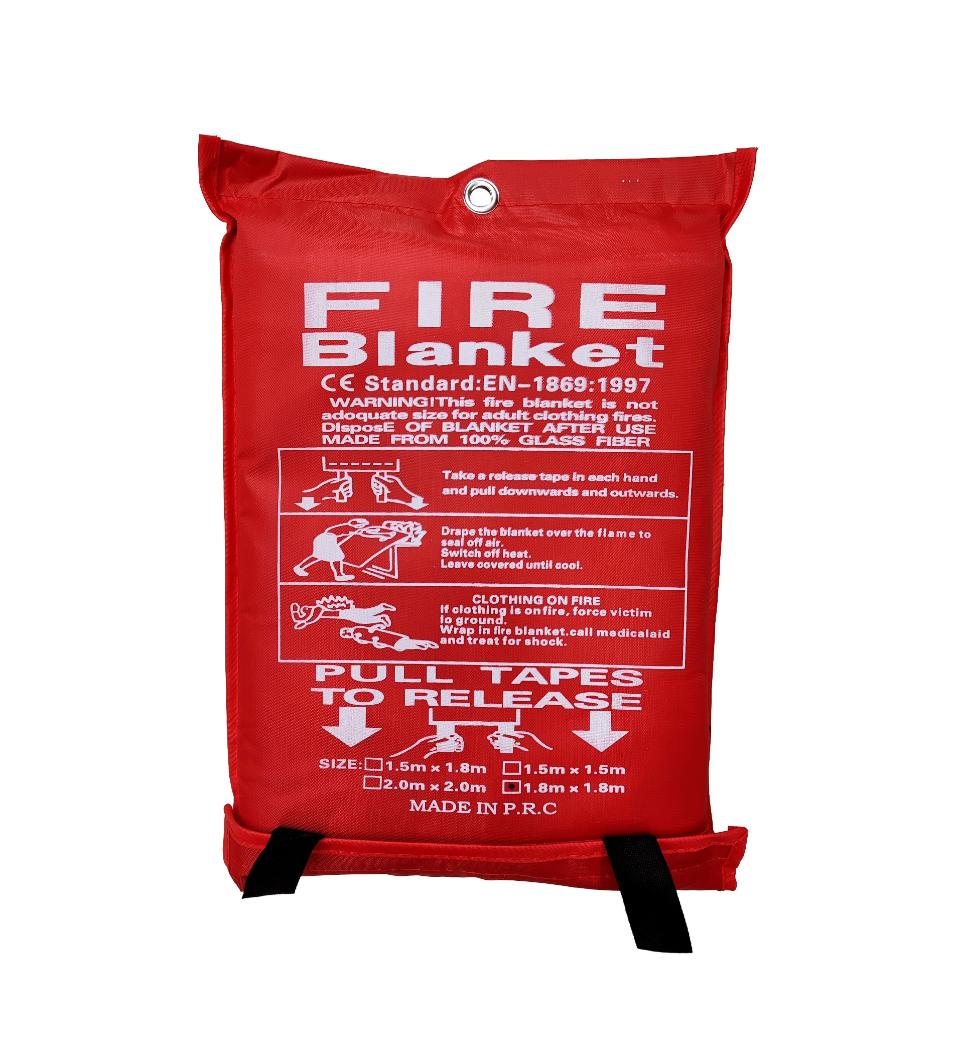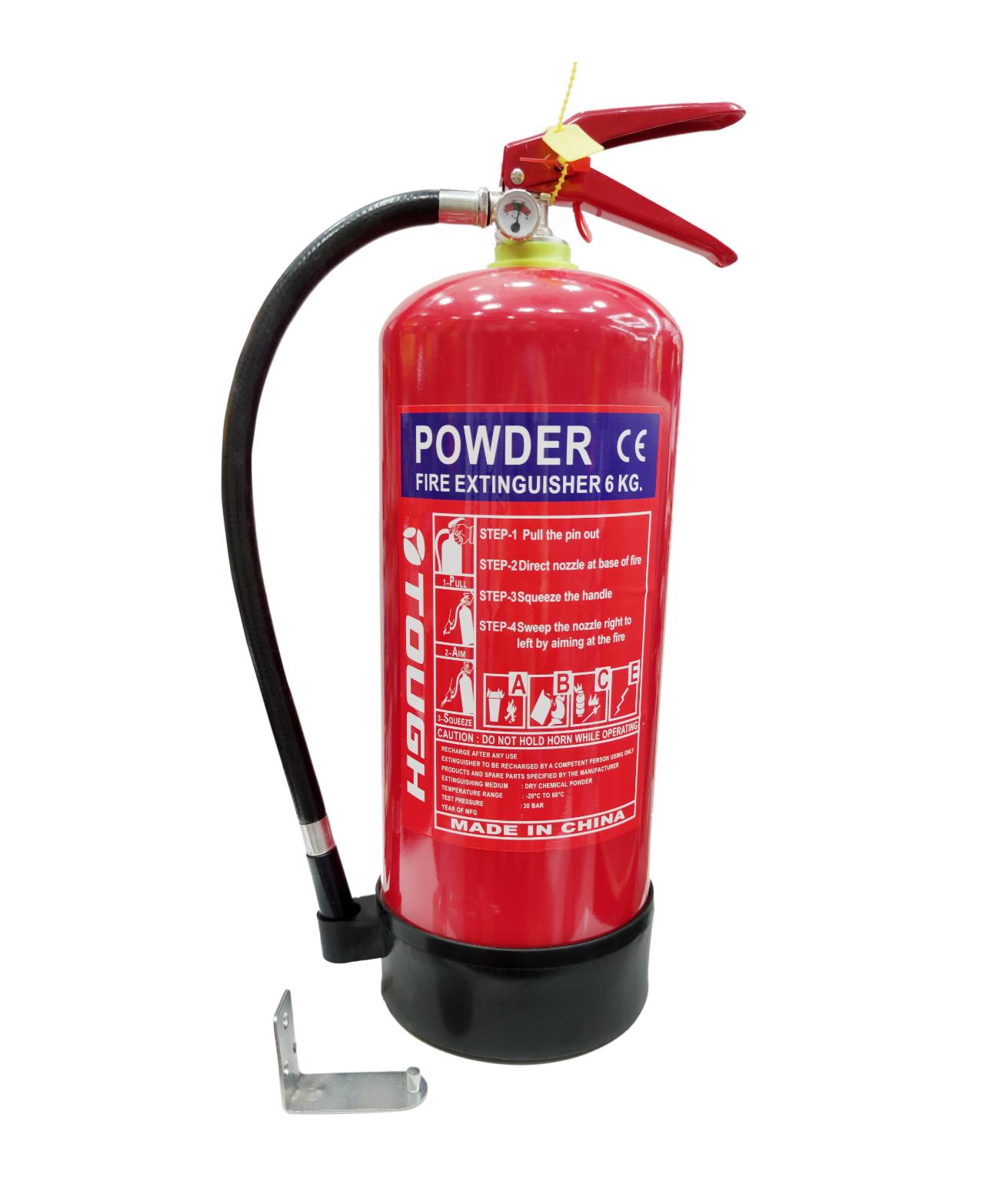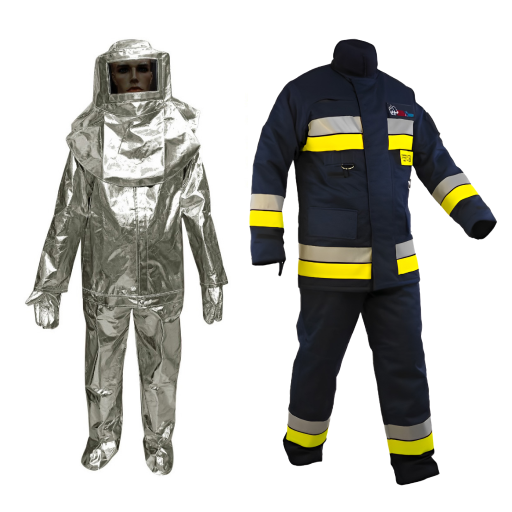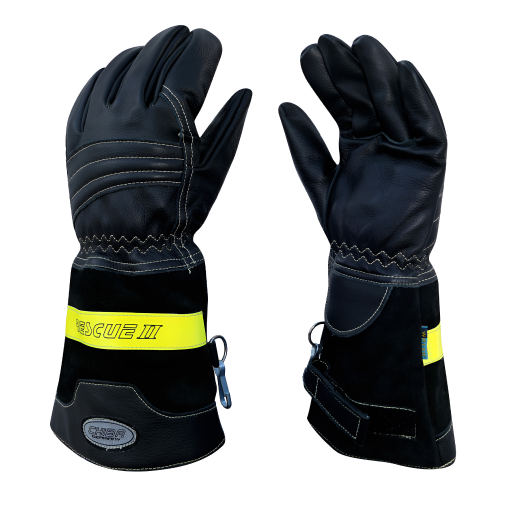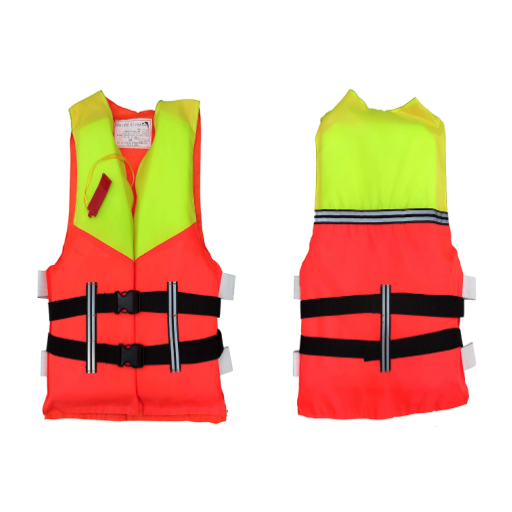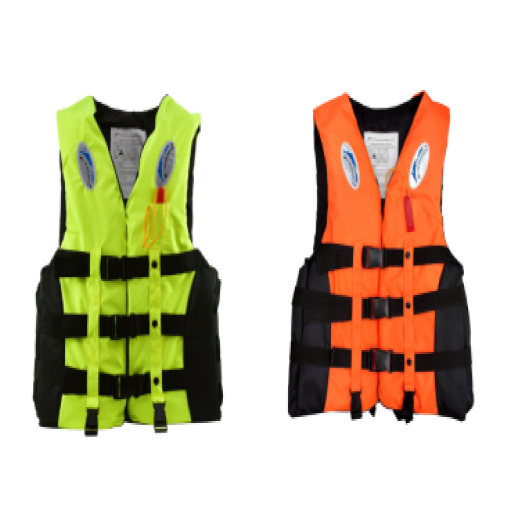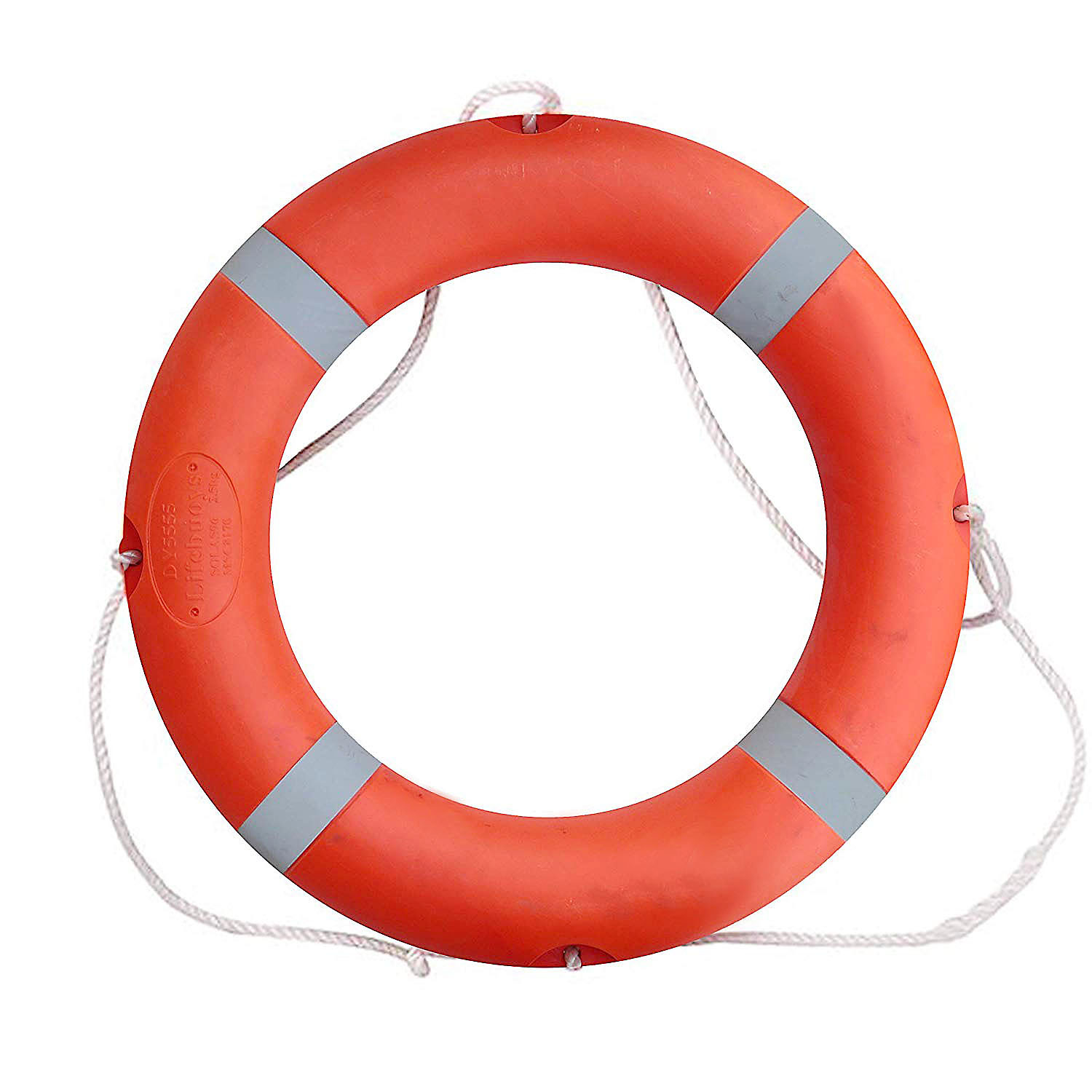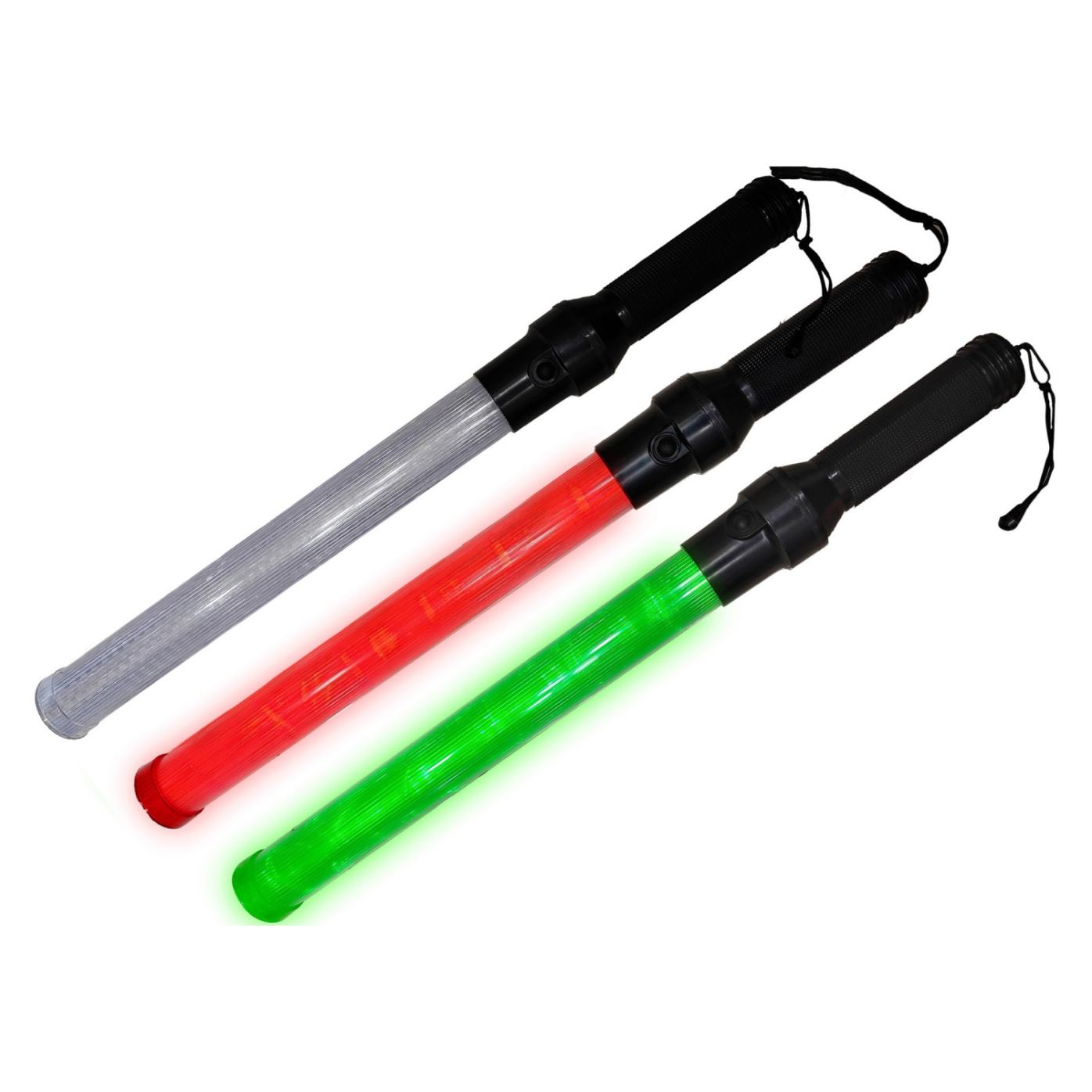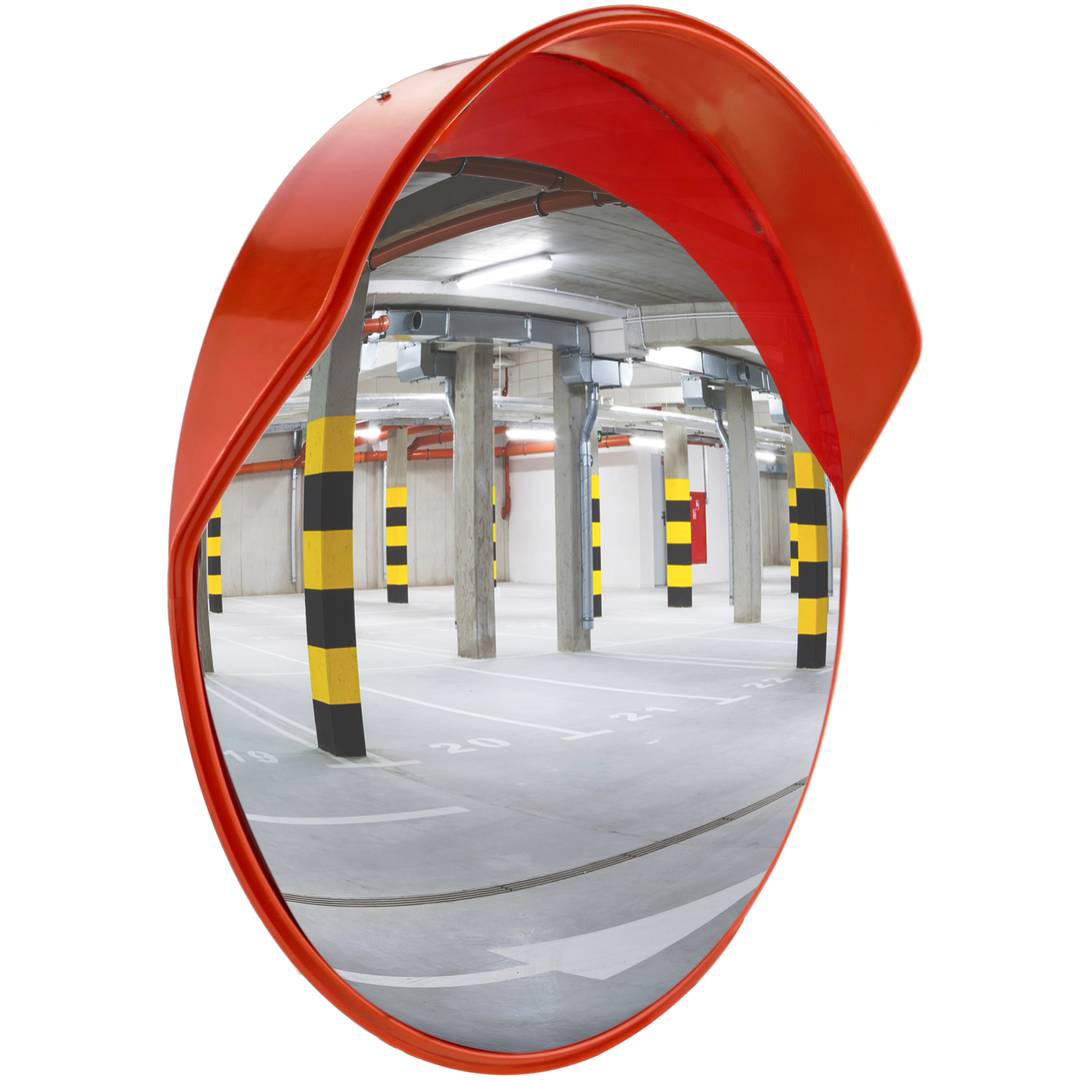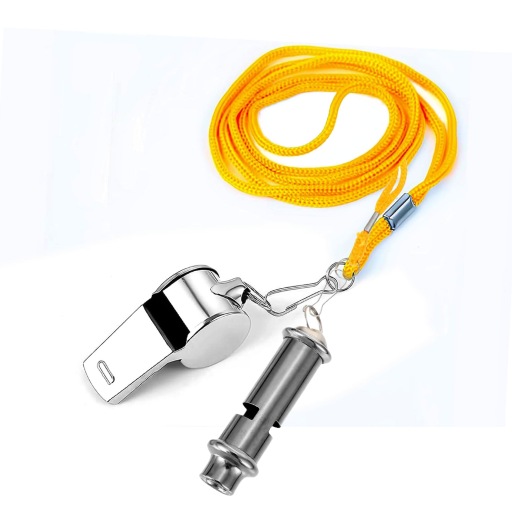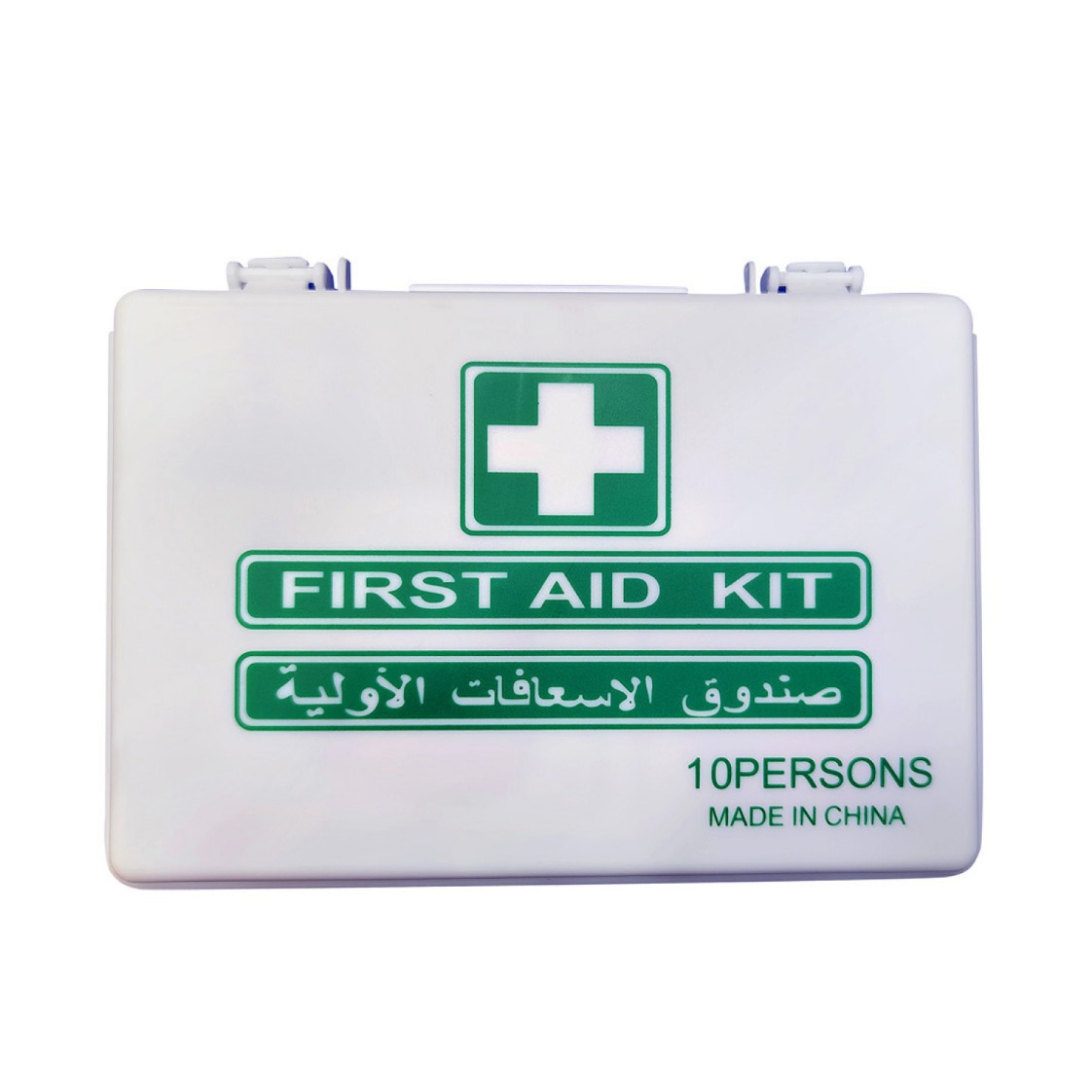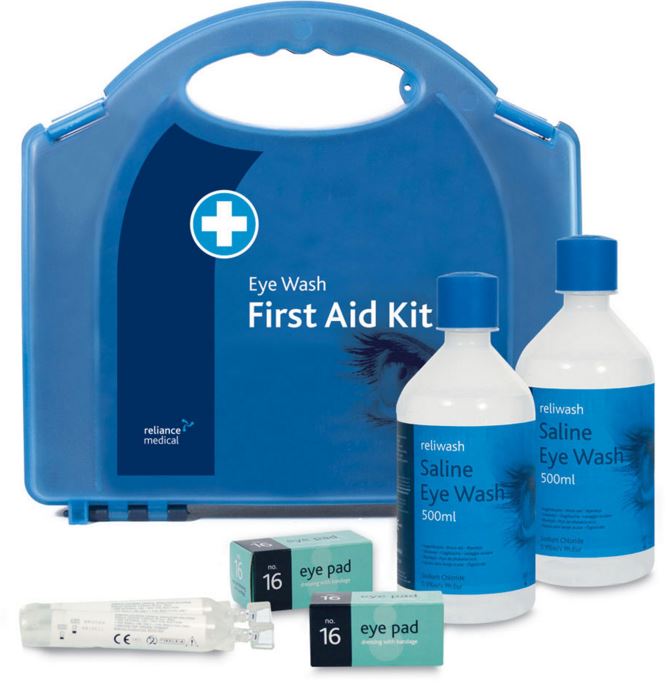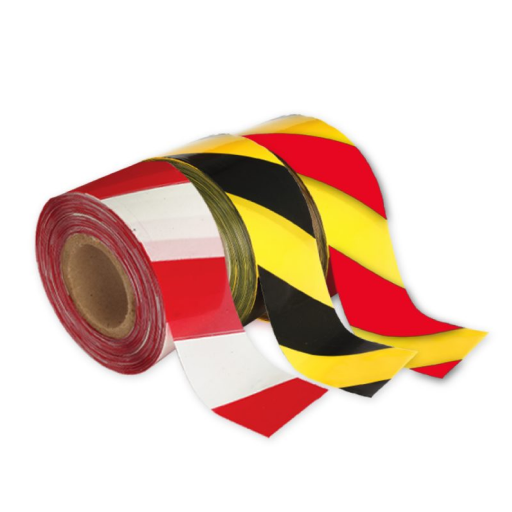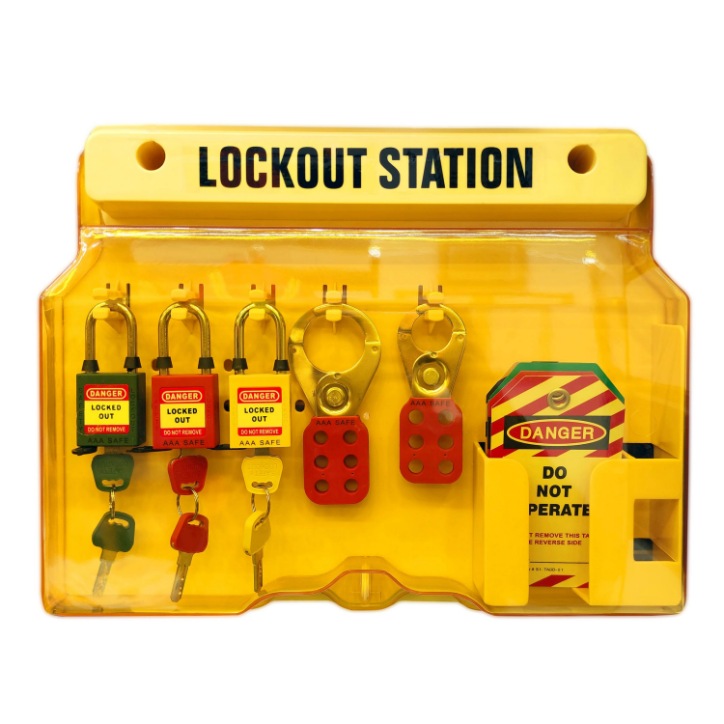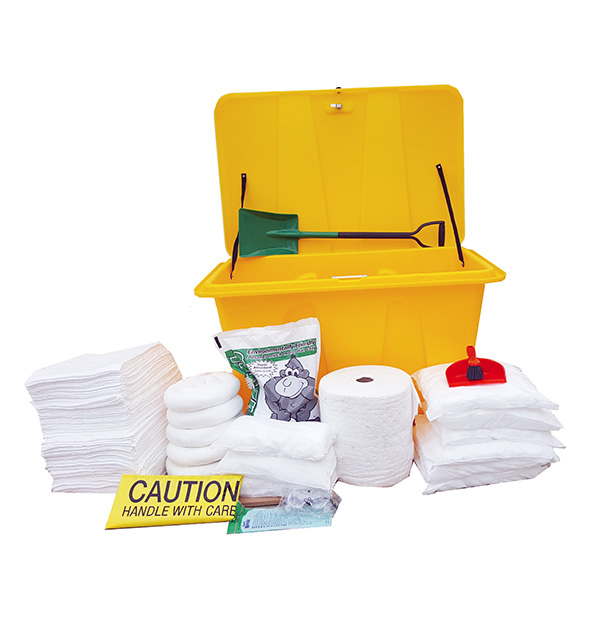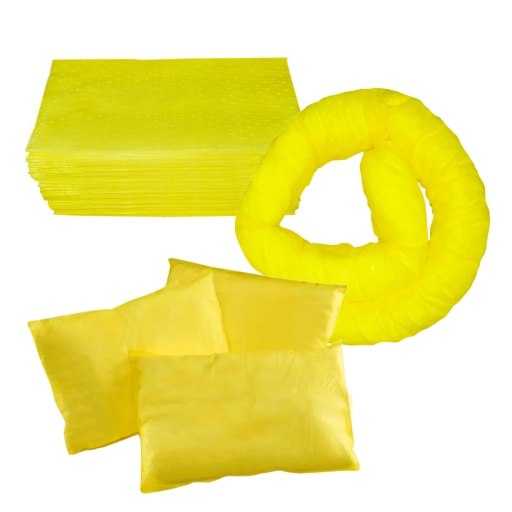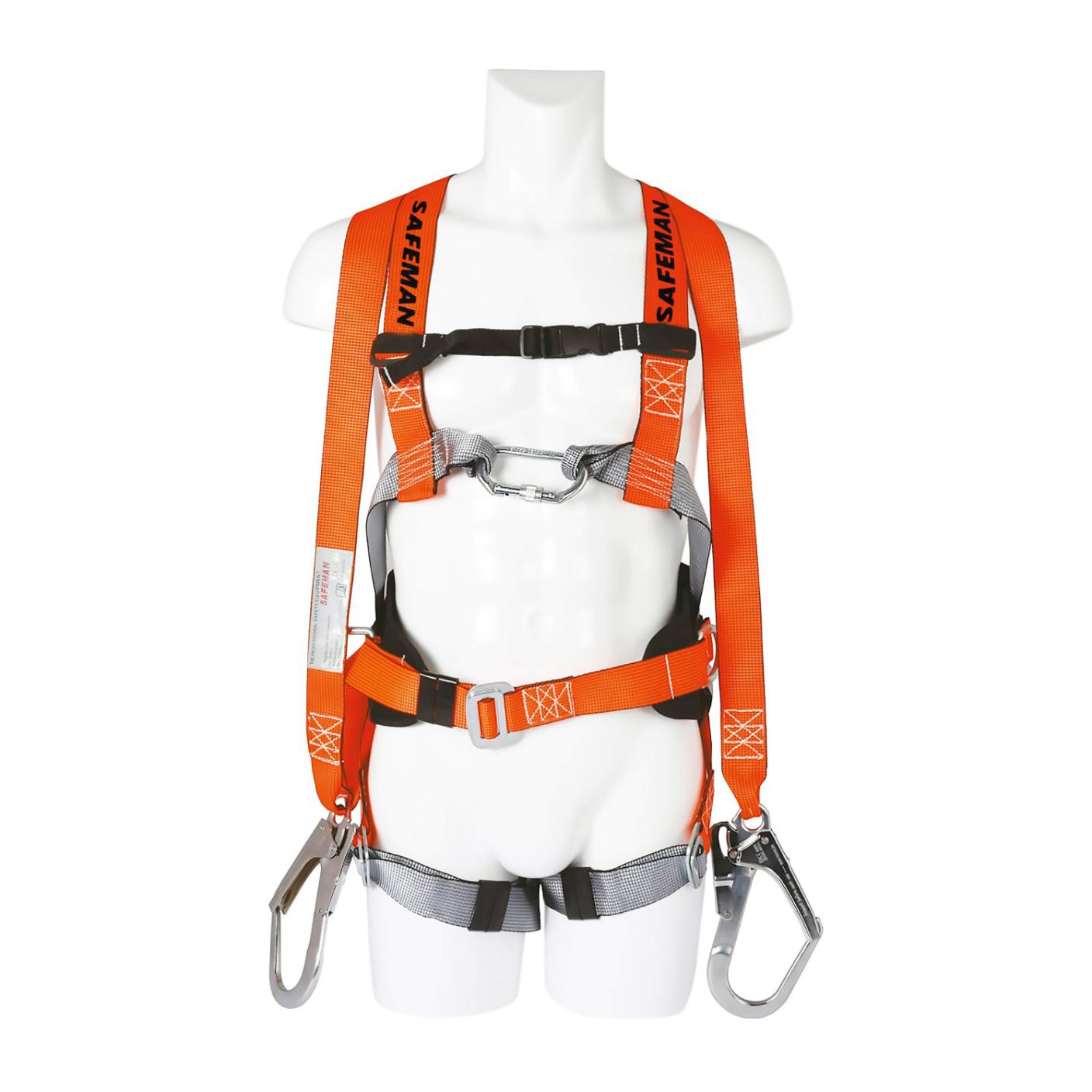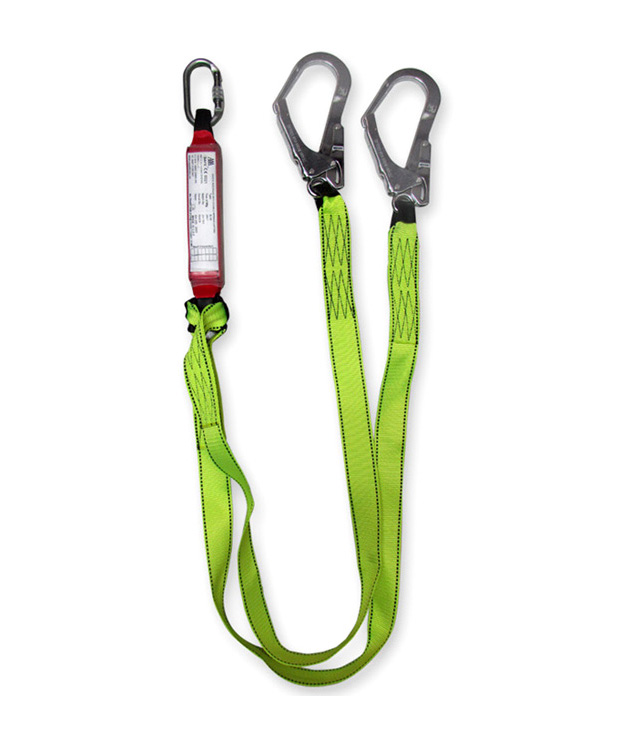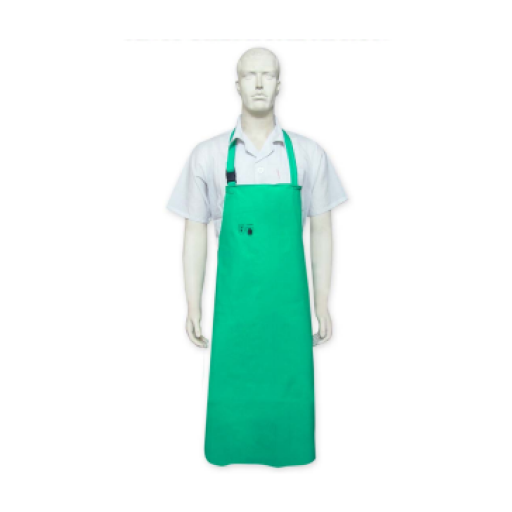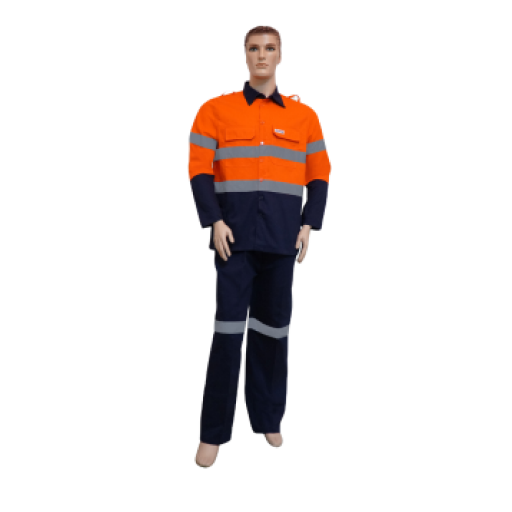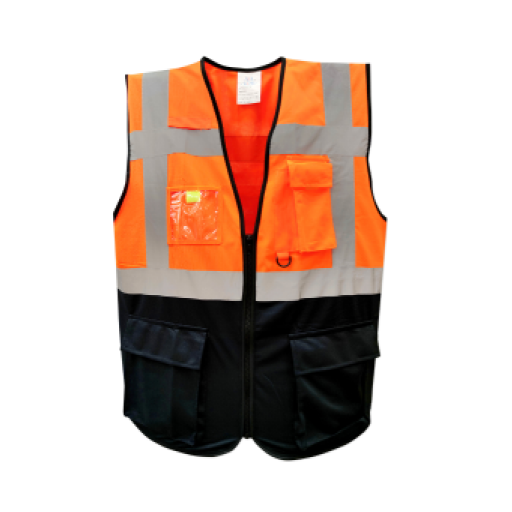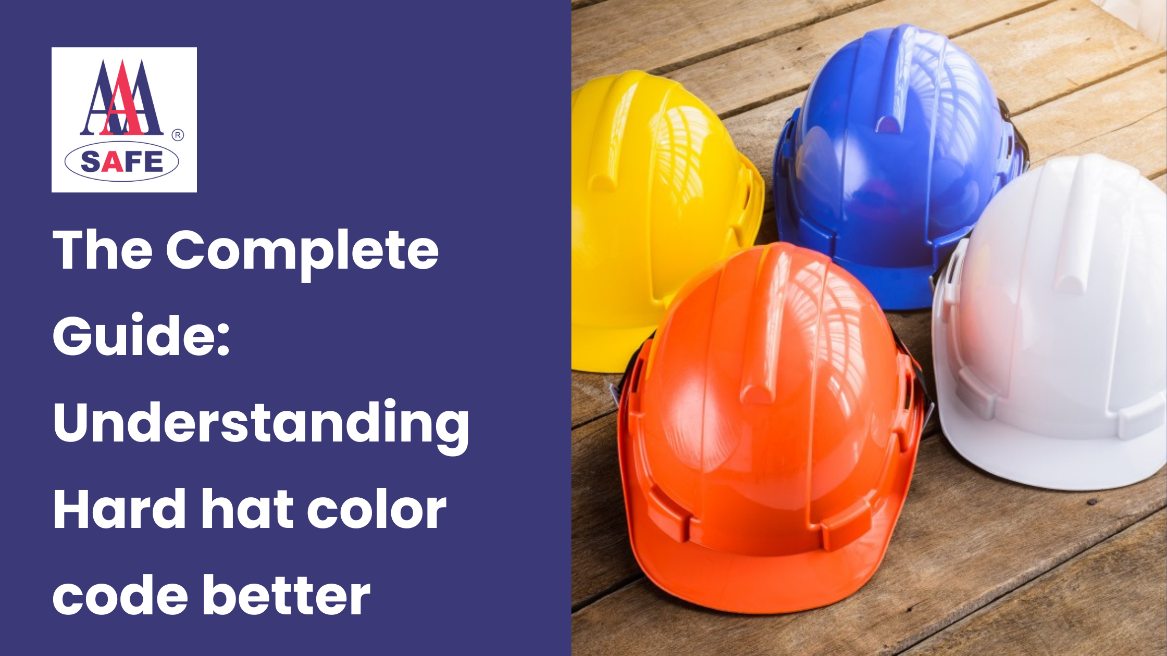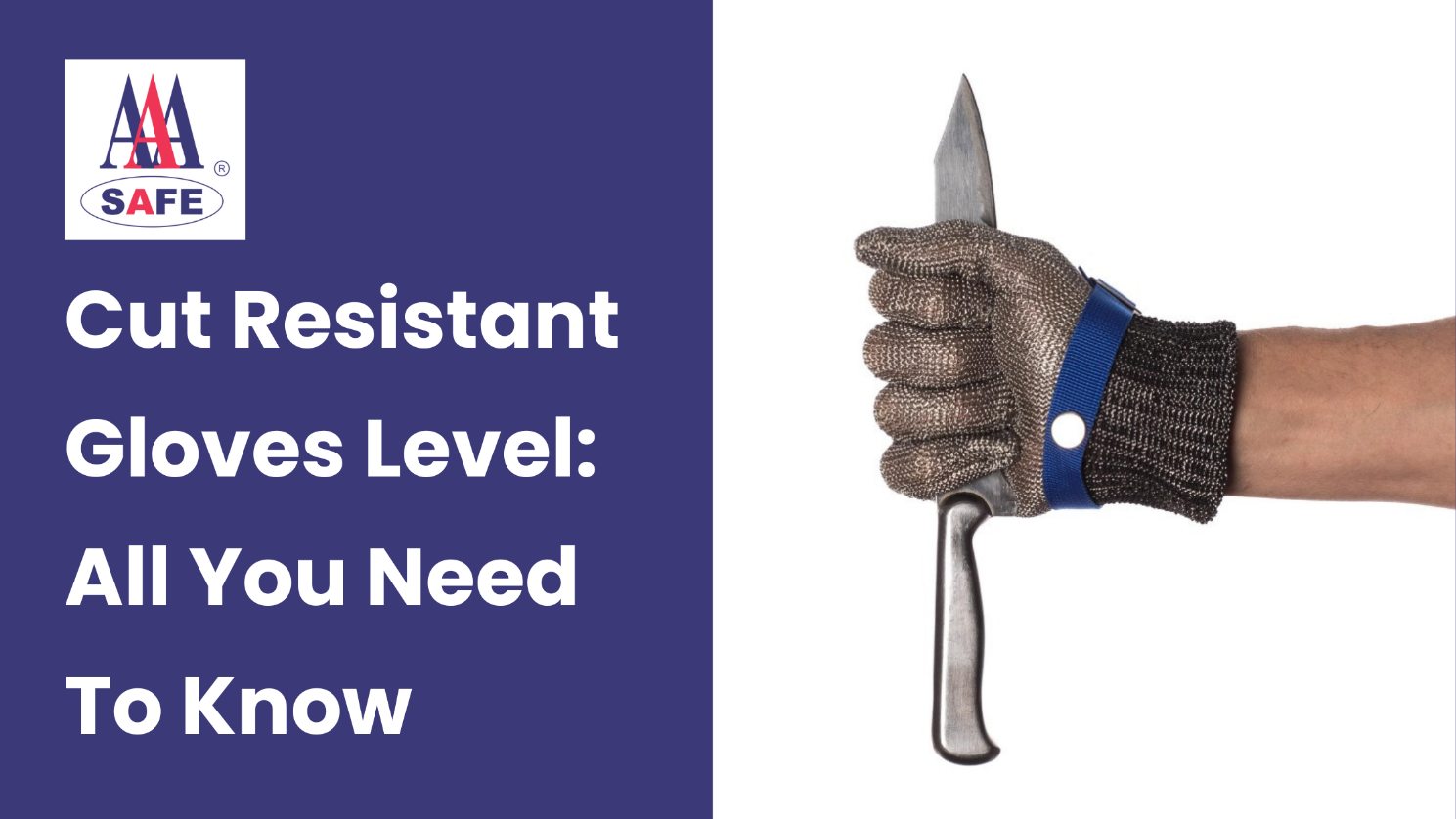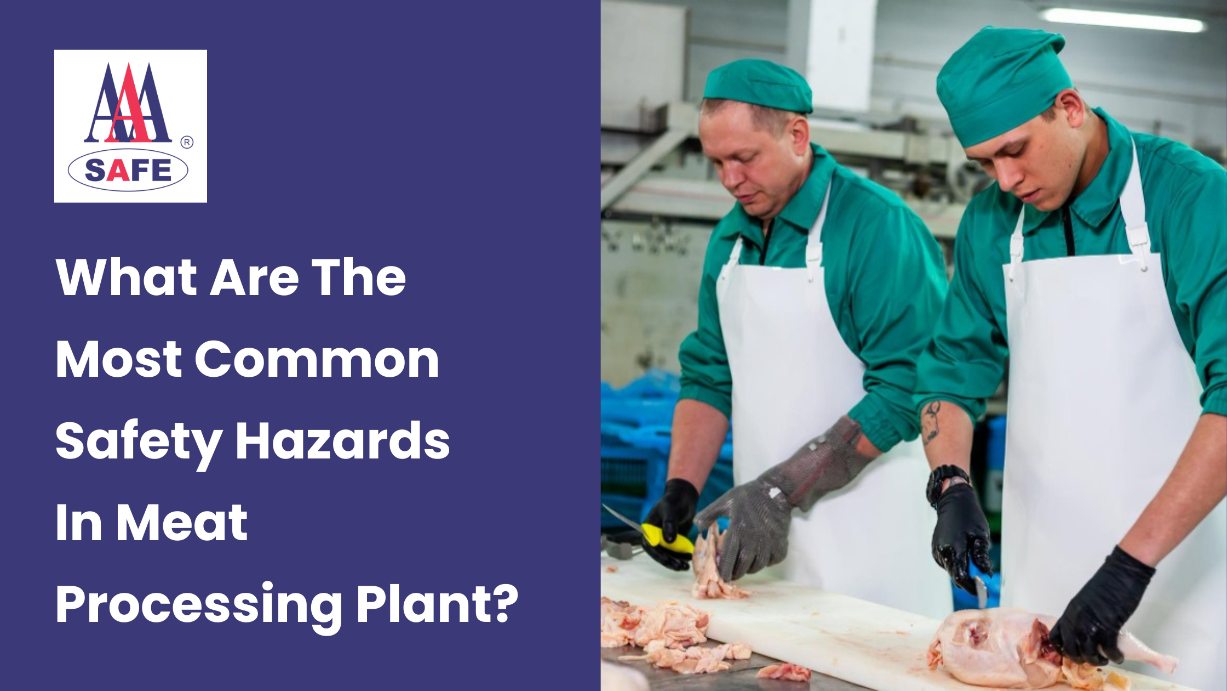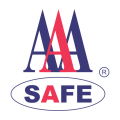The Growing Importance of Hearing
Protection in Modern Workplaces
Introduction
All the five senses are extremely critical for human beings to live a fulfilling life. The real joy is in having the freedom and the ability to see, hear, taste, touch & smell. Losing any of them, may just ruin the quality of your life. However, all the five senses are extremely vulnerable, and if not protected may result in irreparable harm. So you need to be cautious both at home or at work, and protect every useful organ of your body, especially your eyes and ears.
Especially, if you’re in a profession where your ears are exposed to dangers on a daily basis, then you need to shield them with high quality ear protection gear.
There are certain workplace settings that produce loud noises that may result in permanent hearing loss. Modern workplace settings are equipped with the latest advanced tools and machinery that may produce significant noise levels which puts everyone working around at risk. Repeated exposure to loud noise can be detrimental to hearing.
However, there are many factors that contribute to hearing loss. From listening to loud music or working in an environment that produces noise beyond your hearing capacity. Any noise beyond 100 decibels is harmful for ears. So there is a strong need for hearing protection in modern workplaces. Employers must take strong measures to keep the noise levels below 100 decibels and ensure safety of its workforce.
Let’s know more about hearing protection & why it’s critical in the modern workplaces.
What is hearing protection?
Hearing protection is all the safety measures taken to reduce the noise levels at the workplace which eventually protects employees from hearing loss. When noise levels exceed a certain limit, the risk of ear damage significantly increases. A human ear has the capacity to bear a noise of maximum 100 decibels. Beyond this limit, vulnerable ears may succumb, leading to damaged ears or permanent hearing loss.
According to The National Institute of Occupational Safety & Health (NIOSH) “About 25% of all workers have been exposed to hazardous noise, with 14% (22 million) exposed in the last year. 53% of noise-exposed workers report not wearing hearing protection.”
However, 100 decibels of noise may only be produced in industries, construction sites or any other working environment where heavy noisy machinery is operated. Any noisy environment is challenging for the workers. Loud noise would distract the workers leading to poor focus and concentration. Loud noise also makes communication between the workers difficult. When noise levels are low, verbal communication becomes easy, accidents can be prevented, and issuing verbal warnings to workers regarding potential dangers becomes easy.
Vulnerable nature of ears calls for the best safety measures to reduce the noise levels at the workplace. Hearing protection is all about safeguarding the ears from loud noise, so getting the best quality Personal Protective Equipment (P.P.E) is critical. Monitoring the noise levels, regularly scheduling noise risk assessment & educating the workforce about the dangers of getting exposed to loud noise are some other ways to ensure proper hearing protection.
How vulnerable are ears?
Human ears are the most delicate & sensitive part of our body. Without the hearing sense, everyday experiences like enjoying music or hearing your baby’s first words wouldn’t be possible. Hearing loss would eventually suck the joy out of your life. So ears must be protected at any cost.
Prolonged or sudden exposure to noise levels of over 100 decibels may result in instant hearing loss. Within minutes a person may lose the ability to hear. Hair cells in the inner ear are very delicate. Once damaged, these cells cannot be regenerated. Even one time exposure to such noise levels may lead to hearing problems.
Noise-Induced Hearing Loss (NIHL)
Exposure to loud noises in an occupational setting that may result in hearing loss is known as Noise-Induced Hearing Loss. An estimated 12.5% of children and adolescents aged 6–19 years (approximately 5.2 million) and 17% of adults aged 20–69 years (approximately 26 million) have suffered permanent damage to their hearing from excessive exposure to noise.
Though NIHL is common, it’s preventable. Through noise risk-assessment, audiometry testing or using best quality personal protective equipment, noise level can be significantly reduced.
Noise Risk Assessment & other steps to reduce noise levels at workplace
The best way to monitor hearing health and detect early signs of Noise-Induced Hearing Loss (NIHL) is by conducting a Noise Risk Assessment. Any strategy or a plan for noise reduction would be useless until you conduct a Noise Risk Assessment. Noise Risk Assessment is the first step towards identifying areas where such a high level of noise is present or produced. Once areas of high level noise are identified, various strategies can be implemented to reduce noise levels.
According to The Control of Noise at Work Regulations 2005, keeping employees safe from exposure to noise at work is a legal requirement.
NIOSH recommends the following method called the hierarchy of controls which may significantly reduce the noise levels at the workplace.
- Elimination – removal of noise hazard
- Substitution – replace the noise hazard
- Engineering controls – isolate the noise hazard or worker
- Administrative controls – change the way workers perform the job
- Personal protective equipment – PPE – use of protective gear or PPE by workers
Audiometry Testing
Audiometry testing is the most useful method to monitor hearing protection. The method successfully evaluates the effectiveness of the hearing protection measures. Audiometry testing monitors, detects & tracks any changes in the hearing sensitivity.
Only a trained audiologist can conduct an audiometry test.
Audiometry Testing involves:
- Evaluating the effectiveness of the personal protective equipment.
- Testing a person’s hearing sensitivity with different sounds.
- Checking the person’s ears with or without the safety gear
- A questionnaire & audio test
Best P.P.E for ear protection
Ensuring the most effective hearing protection involves equipping employees with the highest-quality Personal Protective Equipment (PPE). Buying the right safety gear for ear protection largely depends on the noise level in the workplace. However, Earplugs and earmuffs are the two most common & preferred safety gear for hearing protection.
Earplugs: These are soft and lightweight, and can be smoothly inserted into the ear canal. Convenient and suitable for every type of workplace. However, earplugs may not be the best option for environments with exceptionally high noise levels.
Earmuffs: Earmuffs can be more comfortable than earplugs. As they are like protective cups, and completely cover the ears. This eventually blocks the noise & ears are safe from any type of damage.
Conclusion
Hearing protection has never been so important before. With each passing day, the world is turning more technologically advanced and potentially noisier. Noise is produced everywhere and sometimes may exceed the bearing limit. Particularly modern workplaces are more noisy due to the presence of machinery and tools that produce loud noise that may be harmful for ears. So it’s in the best interest of everyone that best hearing protection practices are followed. Quality personal protective equipment is provided to employees. And the right safety measures should be implemented to reduce the noise and create more calmer work environments.





